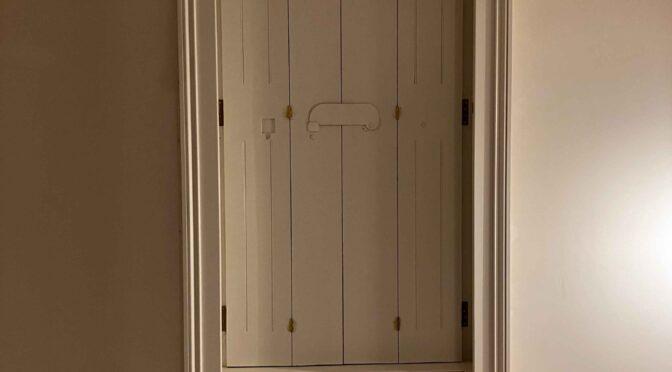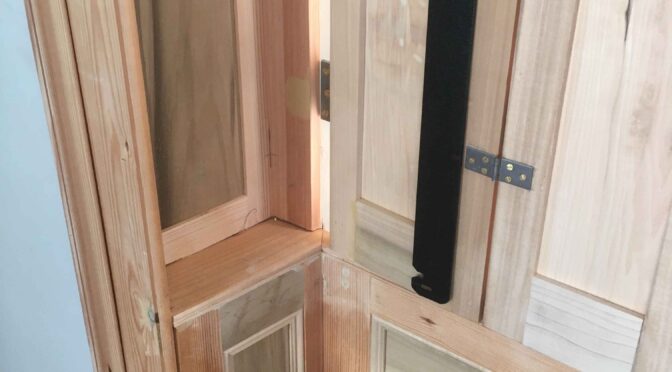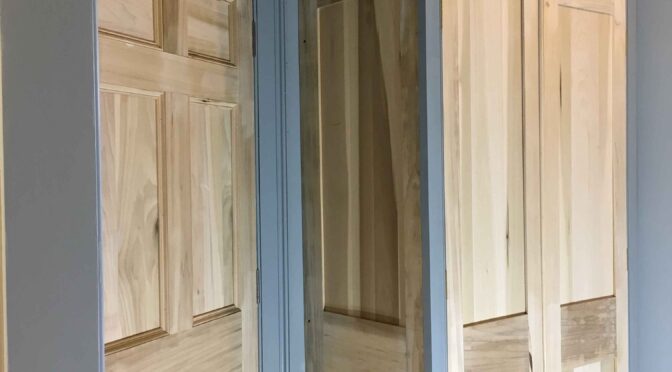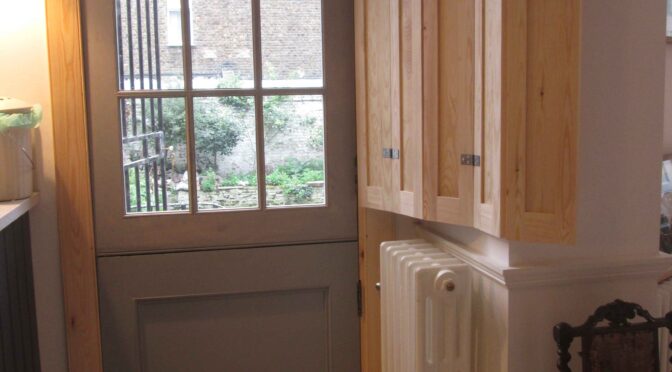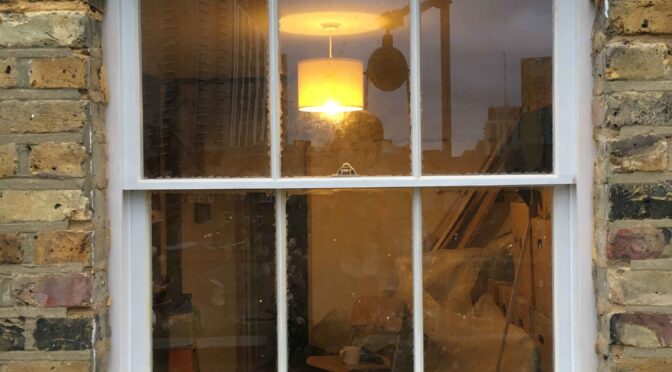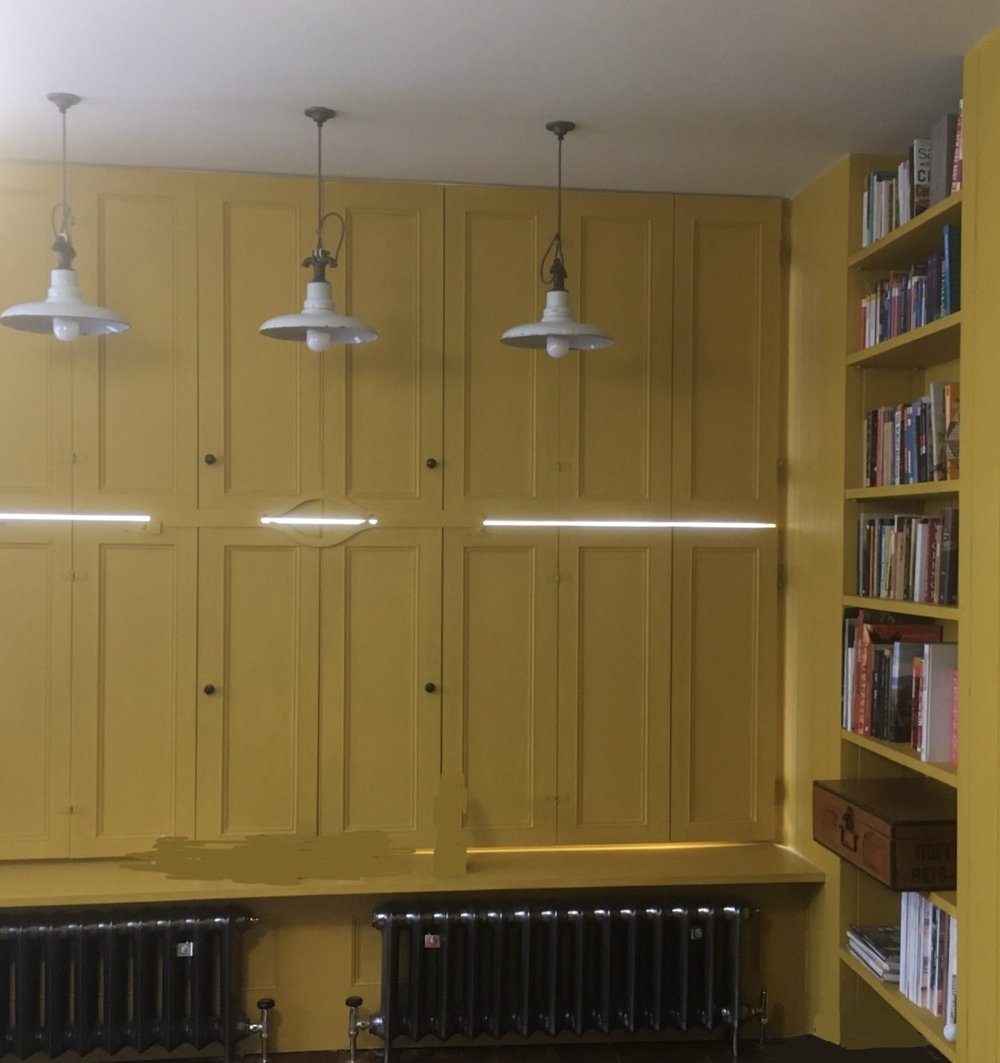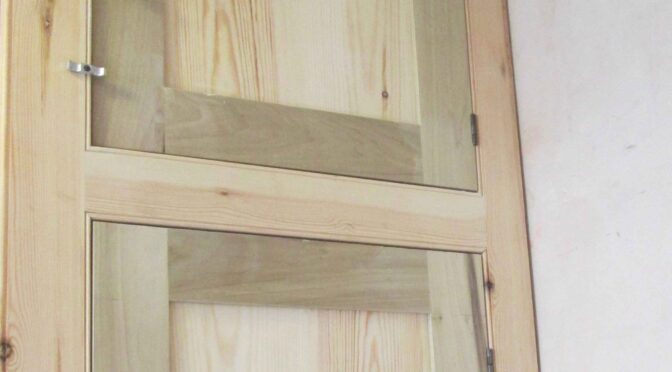Half glazed doors have gained popularity for their ability to merge style and functionality seamlessly. These doors incorporate a balance of solid panels and glass, offering both privacy and the benefit of natural light. In homes and offices, they create a sense of openness without compromising on defined spaces. Whether used in living rooms, kitchens, or hallways, half glazed internal doors enhance interiors by allowing light to flow between rooms, making spaces appear larger and more inviting.
These doors come in various styles, materials, and finishes to suit different interior aesthetics. Wooden half glazed internal doors, in particular, offer timeless appeal, bringing warmth and a natural feel to any setting. With the right choice of glass, such as frosted or textured options, homeowners can maintain privacy while still enjoying the advantages of a glazed door.
How Half Glazed Internal Doors Improve Home Aesthetics
Half glazed internal doors introduce a sophisticated touch to interior design. Their ability to connect spaces while maintaining separation makes them an ideal choice for modern and traditional homes alike. In period properties, classic wooden doors with glazed panels maintain the character of the home while allowing natural light to enhance the beauty of original features. In contemporary interiors, sleek half glazed doors with minimalist designs add an element of elegance and modernity.
These doors also serve as an excellent way to create flexible living areas. By installing half glazed doors between a kitchen and dining area, homeowners can enjoy an open-plan feel while having the option to close off spaces when needed. The versatility of these doors makes them a desirable choice for both small apartments and larger homes.
The Practical Benefits of Half Glazed Internal Doors
Beyond aesthetics, half glazed internal doors provide practical advantages. They enhance energy efficiency by allowing natural light to flow through different areas, reducing the need for artificial lighting. In homes where certain rooms receive less sunlight, these doors help brighten spaces, creating a welcoming atmosphere.
Another practical advantage is their soundproofing qualities. While they allow for openness, half glazed internal doors with solid frames also reduce noise transmission between rooms. This feature is particularly beneficial in households where family members work from home or study in different areas.
Integrating a Wood Bookcase in London Homes for Functional Elegance
A wood bookcase in London is a versatile addition to any home, offering both functionality and an element of sophistication. Whether in a living room, study, or bedroom, a well-crafted wood bookcase enhances storage solutions while adding character to the space.
The natural warmth of wood creates a cozy and inviting ambiance, making it a preferred material for bookcases. Available in various finishes, from rich mahogany to light oak, a wood bookcase in London can be selected to complement different interior styles. Its timeless appeal ensures that it remains a cherished piece of furniture, blending seamlessly with modern, rustic, or classic decor.
Choosing the Right Wood Bookcase in London for Different Spaces
Selecting the right wood bookcase depends on the size of the space and the intended purpose. In smaller apartments, slim and tall bookcases maximize storage while occupying minimal floor space. For larger homes, expansive bookcases with multiple shelves provide ample room for books, decorative items, and personal collections.
A wood bookcase in London is not limited to books alone. It serves as a display unit for artwork, framed photographs, and ornaments, making it a multifunctional piece of furniture. In home offices, bookcases contribute to an organized and professional environment, keeping essential documents and materials within easy reach.
The Harmony Between Half Glazed Internal Doors and a Wood Bookcase in London
Combining half glazed internal doors with a wood bookcase in London creates a well-balanced interior. The doors allow light to permeate through rooms, while the bookcase adds warmth and structure to the space. Together, they establish an environment that is both practical and aesthetically pleasing.
For example, installing a half glazed internal door leading into a study furnished with a wood bookcase creates a visually appealing transition. The bookcase acts as a statement piece, while the door ensures that the study remains connected to the rest of the home without feeling isolated. This combination is particularly effective in period homes where maintaining architectural character is important while embracing modern functionality.
Maintaining and Caring for Half Glazed Internal Doors and a Wood Bookcase in London
To preserve the beauty and functionality of half glazed internal doors and a wood bookcase in London, regular maintenance is essential. Wooden doors and bookcases require occasional polishing to maintain their natural luster. Using a soft cloth and a wood-friendly cleaning solution helps prevent scratches and extends the lifespan of the furniture.
Glass panels in half glazed doors should be cleaned with a non-abrasive glass cleaner to maintain transparency and brightness. Dusting and wiping down the bookcase regularly prevents the accumulation of dirt and ensures that books and decorative items remain in pristine condition.
Enhancing Interior Spaces with Customization Options
Customization allows homeowners to tailor half glazed internal doors and a wood bookcase in London to their specific design preferences. Bespoke options provide flexibility in choosing finishes, sizes, and styles that complement existing decor. Custom doors with intricate glazing designs add a unique touch to interiors, while made-to-measure bookcases maximize storage efficiency in any given space.
Personalized touches, such as selecting unique handles for doors or opting for adjustable shelves in bookcases, contribute to a refined and individualized home setting. Investing in high-quality materials and craftsmanship ensures longevity and enduring appeal.
The Long-Term Value of Half Glazed Internal Doors and a Wood Bookcase in London
Choosing high-quality interior elements such as half glazed internal doors and a wood bookcase in London is a long-term investment. These pieces not only enhance the aesthetics of a home but also contribute to its functionality and comfort. Their timeless appeal ensures that they remain relevant as design trends evolve.
For homeowners looking to enhance their interiors, combining these two elements creates a stylish and cohesive living space. Whether renovating an existing home or designing a new one, incorporating half glazed internal doors and a wood bookcase in London brings a touch of elegance, warmth, and practicality.


